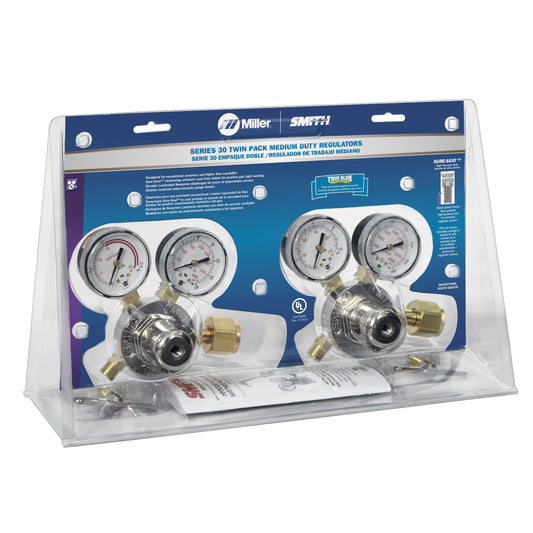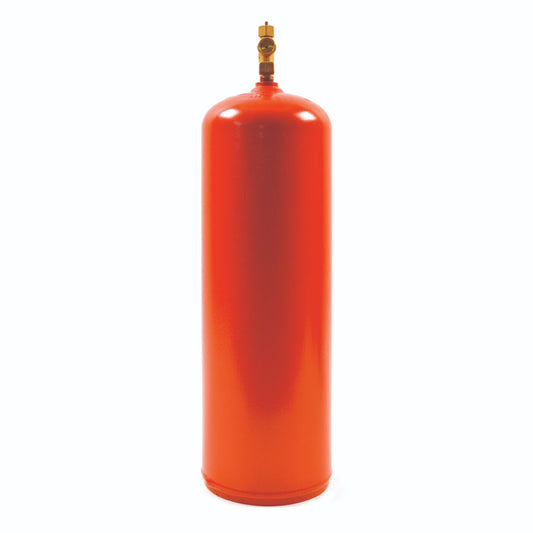Due to a tragic explosion at the main manufacturing plant in Louisville, KY, (2011) there was a shortage of acetylene, the cutting fuel that reaches the highest temperature for cutting, oxy-welding, and brazing. Without entering into a debate about the best cutting fuel, the current shortage means that welders will need to explore alternative fuels and the appropriate equipment modifications in order to keep working.

Propane as an Acetylene Alternative
Propane and other propane-based fuels are frequently used as substitutes for acetylene. In fact, many cutting operations are saving on fuel costs after switching over to propane. While propane doesn’t burn hot enough for welding, its outer cone offers a high number of BTUs. The flame for acetylene concentrates the heat inside the cone, which means that welders used to acetylene will need to adapt their techniques. Cutting with the inner cone of propane will only result in frustration.
When preheating metal for cutting, propane sometimes takes a little longer. However, by preheating with the outer edge of the heat cone, preheating won’t take much longer than acetylene. Besides technique changes, there are some important changes welders need to make in order to switch over to propane and cut effectively with it.
While many welders correctly note that it’s possible to switch over to propane by only changing a torch tip, this limited modification will make propane far less effective for cutting. Propane requires a different torch (injector style) because propane is much heavier than other fuels.
Switching to the correct torch and torch tip enables propane to reach a higher temperature. In addition, an injector torch makes cuts that some claim to be cleaner and faster than acetylene.
Propylene as an Acetylene Alternative
Much like propane, propylene is often misunderstood as ineffective as a fuel for cutting since it requires an injector torch in order to achieve optimal heat flow. It also concentrates the heat on the outer edges of the heat cone, and therefore cutting techniques must be changed.
The propylene torch tips provide eight holes that make it more effective for pre-heating. In other words, effectively using propylene rests entirely on having the correct torch and tip set up and using the correct technique.
HGX Propane as an Acetyelene Alternative
HGX-3 is a new product that can be added to propane in order to increase its performance. The mixture of propane and HGX-3 is referred to commonly as HGX propane. This mixture cuts metal at temperatures comparable to acetylene, and offers great value since one gallon of HGX-3 can be added to 1,000 gallons of propane.
HGX-3 increases the flame temperature of propane gas by 15%, reaching flame temperatures of 5400°F, and uses less oxygen than acetylene. This makes HGX propane a viable alternative for welders used to the heat output and speed achieved with acetylene for flame cutting, brazing, and even some welding procedures such as aluminum welding and cast iron welding.
Much like other alternative fuels, HGX propane reduces slag and makes for a smoother, cleaner cut, but it also requires specific components such as compatible tips and hoses.




